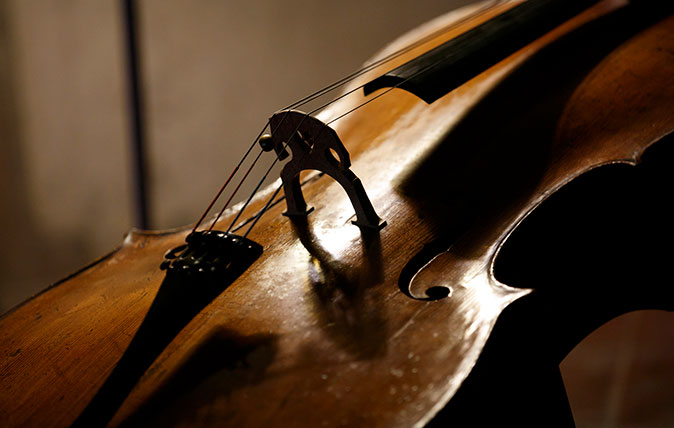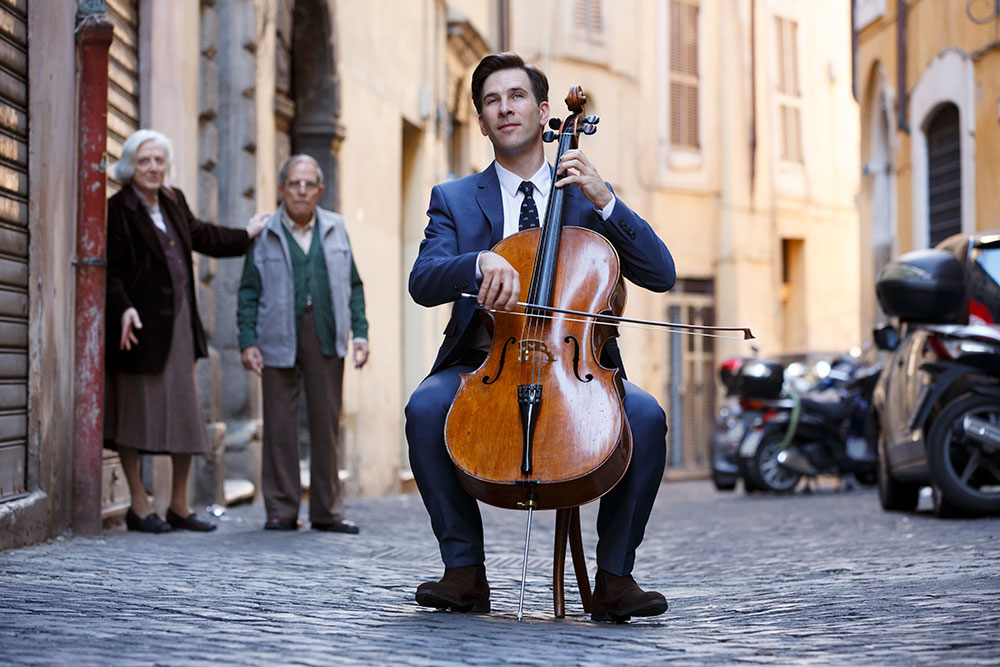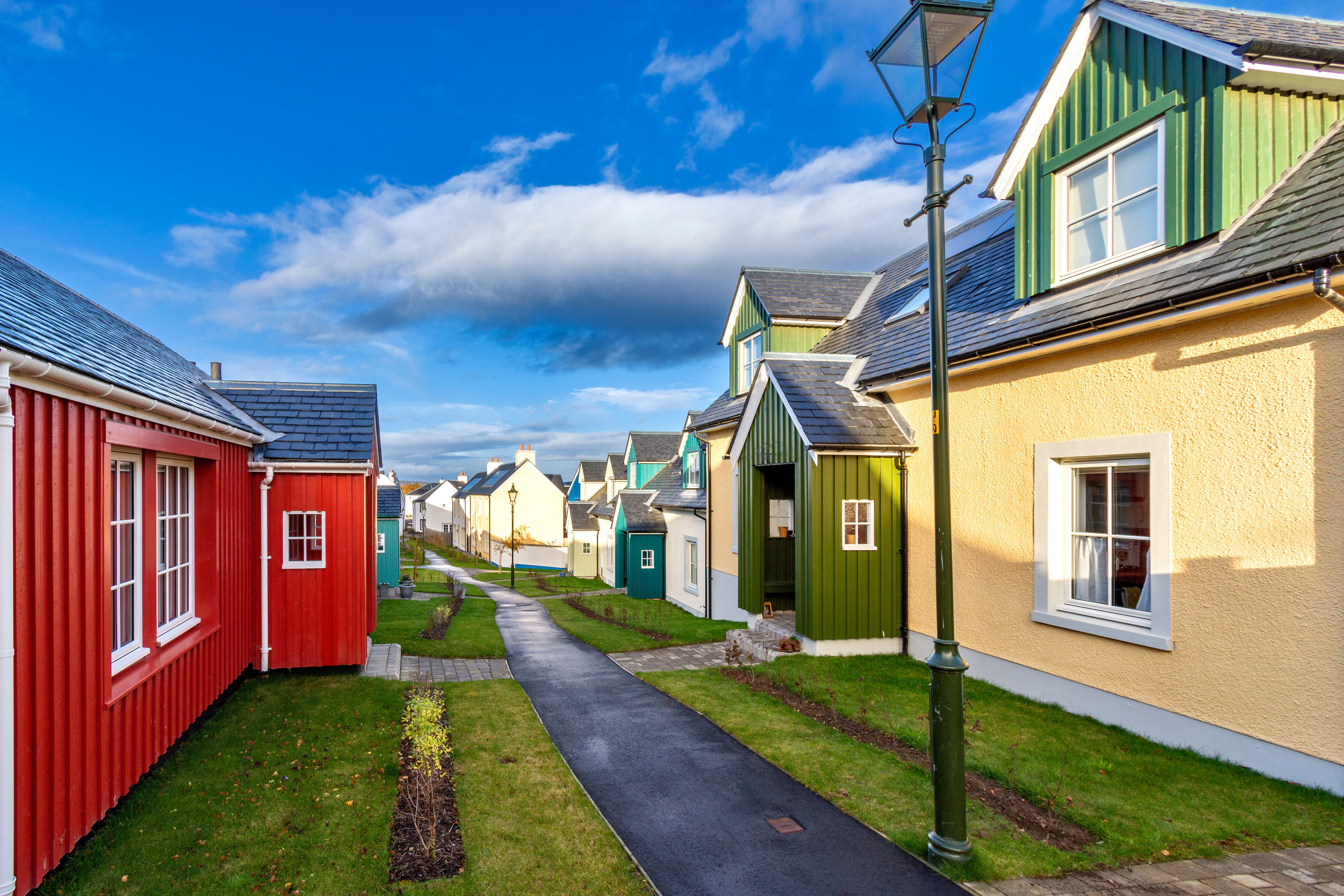What it feels like to play a violin that cost millions with a bow that cost more than a house
What it feels like to play a violin that cost millions – with a bow that cost more than a house.


Classical music is a high-octane business, but 21st-century string players have an extra pressure: begging the use of a violin or cello worthy of their talent. Even Yehudi Menuhin played a borrowed violin, made in 1741 by Guarneri del Gesù. It was recently sold by J. & A. Beare for more than $16 million (£12.2 million) to an anonymous patron and is now on lifetime loan to American soloist Anne Akiko Meyers.
Collectors have always recognised the investment potential, of course. Values, especially of instruments from the 17th- and 18th-century Italian workshops of Stradivari, Montagnana, Guadagnini, Guarneri and Amati, have doubled every 20 years since 1945. Coutts recently reported that they’ve overtaken fine art and classic cars in returns; Nigel Brown, founder of the Stradivari Trust, estimates annual appreciation of 8% to 10%.
Antonio Stradivari remains the most coveted (the public auction record is £9,808,000, sold by Tarisio in 2010), although other more affordable European makers appreciate just as healthily – Beare’s director Steven Smith reckons £2 million for a good Guadagnini. When auctioneer Tim Ingles joined Sotheby’s in 1994, he recalls selling violins for Jean-Baptiste Vuillaume for about £30,000; now, he says, expect £100,000–£200,000.
On top of concerns that too many instruments are resting in bank vaults comes a new hurdle for players on the cusp of an international career: unprecedented demand from the Far East. Since 1992, the Chimei foundation in Taiwan has bought nearly 1,400 important violins – one borrower is the great Yo-Yo Ma.
Steven Smith has recently returned from Vietnam and China. ‘I was completely knocked aside by their pent-up interest,’ he says. ‘A vast amount of talent is coming out of there, tied up with ability to finance them. That combination is very powerful.’
For the past 30 years, UK dealers and philanthropic trusts have co-operated tirelessly to introduce investors to deserving players, but it’s a struggle to keep up. Mr Ingles, who now co-runs his own house, Ingles & Hayday, is ‘inundated’ with requests.
"A musician wouldn’t go to a bank for help, as they’d never afford to pay it back"
J & A. Beare lends about 30 instruments and its own sponsorship scheme converts as many as possible into long-term loans for the player. It is keenly seeking backers for young British virtuosi Timothy Ridout and Sasha Sitkovetsky.
Sign up for the Country Life Newsletter
Exquisite houses, the beauty of Nature, and how to get the most from your life, straight to your inbox.
Guy Johnston remains so grateful to the Godlee-Tecchler Trust for securing his 1714 Tecchler cello – now worth £750,000 – that he actively promotes its Italian heritage in his concert schedule and has commissioned three new works in its honour.
His need became more pressing when his student cello emerged from its ‘flightproof’ case in pieces. After becoming the 2000 BBC Young Musician of the Year, he pursued his career with short-term loans of a Montagnana (from mentor Steven Isserlis), a Stradivarius (for Elgar at the First Night of the Proms in 2001), a Thomas Kennedy and a Rogeri.
‘An instrument grows and develops with you,’ says Mr Johnston. ‘It’s very rewarding to now have the time to “get inside” it. I’m currently playing with covered gut strings, which is opening up the sound in a different way – it’s wonderful!’

Dr Brown, a Cambridge-based financier, came up with ‘crowdfunding’ ahead of its time. Thirty years ago, he met Nigel Kennedy to dispense mortgage advice.
‘I asked him: “Why hasn’t anyone bought you a Strad?” He replied: “Nobody’s offered, mate.”’
Thus the Stradivari Trust was born. It’s now run on similar commercial (and social) lines to racehorse syndication, although with infinitely less risk. The beneficiaries acquire shares piecemeal over 20 years and have so far bought back 17 instruments of 35 owned by the Trust. Other alumni include Mr Isserlis, Natalie Clein, Lawrence Power and Jennifer Pike.
‘Secured sponsors’ are invited for seven current schemes, including a 1685 Giovanni Grancino for violinist Julia Loucks. ‘It’s a niche idea and there’s not much else out there,’ says Dr Brown. ‘A musician wouldn’t go to a bank for help, as they’d never afford to pay it back!’
The most celebrated violist (viola player) of the decade, London-based Ukrainian Maxim Rysanov, was nearly 30 before he secured a fine instrument: a 1780 Guiseppe Guadagnini. It was found in the USA by Hampstead-based Florian Leonhard.
By the time the Elise Mathilde Foundation was persuaded to buy it for him, Mr Rysanov couldn’t imagine a life without it. ‘I’ve never played a Stradivari and I am not sure I’d wish to – the Guadagnini gives me everything,’ he enthuses.
‘In the 10 years I’ve been playing it, it’s doubled in value. The owners are often reminding the borrower to take good care, but it’s important the instrument be used, as it creates a certain vibration that stops the woodworm.
‘The investor who doesn’t trust anyone to play it is making a mistake for the health of the instrument.’
Mr Rysanov has put his own money into a fine bow, an idea that appealed to the pianist Kathron Sturrock – antique French bows are unsurpassed in weight, balance and agility and J. & A. Beare achieved a record $288,960 (£220,028) for a Tourté bow.
Miss Sturrock loans a Joseph Henry bow to Jack Liebeck (violin) and an Émile Ouchard to BBC Concert Orchestra principal Benjamin Hughes (cello), her fellow players in the Fibonacci Sequence.
Miss Sturrock bought them in memory of her husband, Prof David Bennett, the intensive-care pioneer, who died in 2012.
‘It started as a safe place for my money that David would have liked,’ she says.
‘Over time, the investment has become less important to me – I get a real kick from looking over at Jack and Ben and knowing they’re playing with a really lovely bow.’
Delving into the rarified world of strings dealership was a shock. ‘I was asked to look at one bow for £120,000 – with a known flaw,’ says Miss Sturrock. For similar money, you could buy a factory-fresh Steinway concert grand.
Country Life is unlike any other magazine: the only glossy weekly on the newsstand and the only magazine that has been guest-edited by HRH The King not once, but twice. It is a celebration of modern rural life and all its diverse joys and pleasures — that was first published in Queen Victoria's Diamond Jubilee year. Our eclectic mixture of witty and informative content — from the most up-to-date property news and commentary and a coveted glimpse inside some of the UK's best houses and gardens, to gardening, the arts and interior design, written by experts in their field — still cannot be found in print or online, anywhere else.
-
 What should 1.5 million new homes look like?
What should 1.5 million new homes look like?The King's recent visit to Nansledan with the Prime Minister gives us a clue as to Labour's plans, but what are the benefits of traditional architecture? And can they solve a housing crisis?
By Lucy Denton
-
 The battle of the bridge, Balloon Dogs and flat fish: Country Life Quiz of the Day, April 15, 2025
The battle of the bridge, Balloon Dogs and flat fish: Country Life Quiz of the Day, April 15, 2025Tuesday's quiz tests your knowledge on bridges, science, space, house prices and geography.
By James Fisher